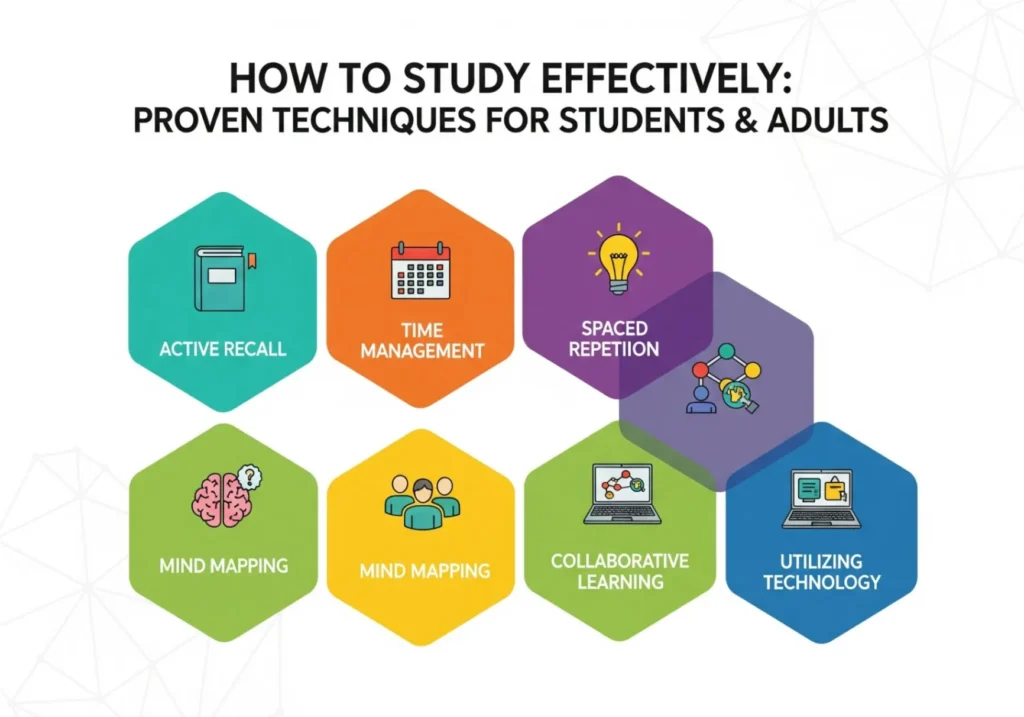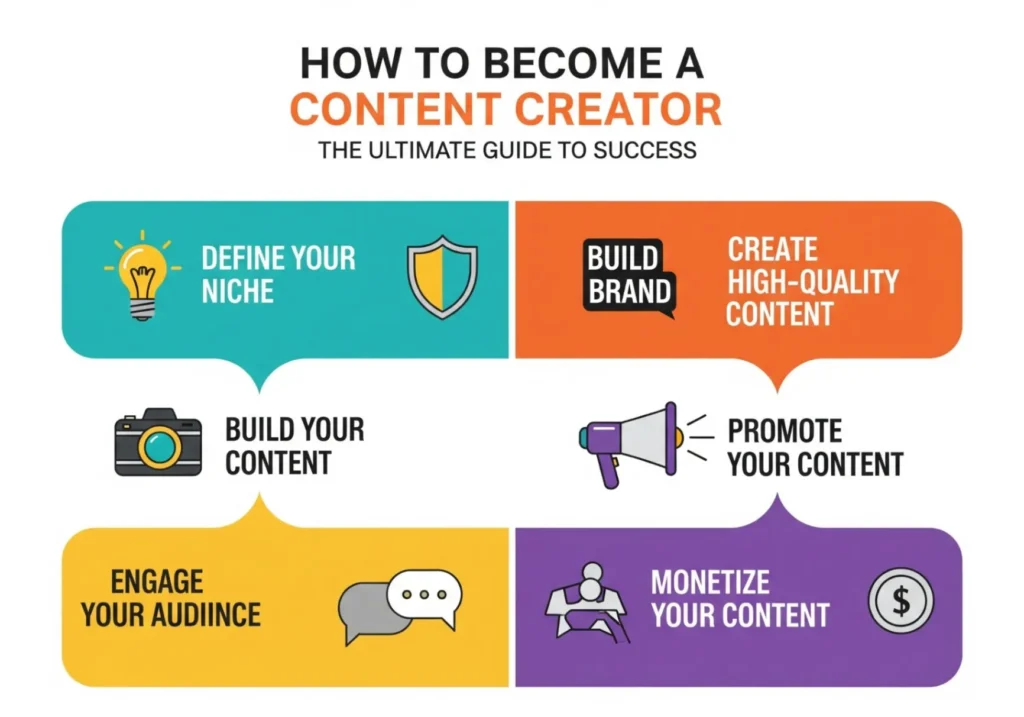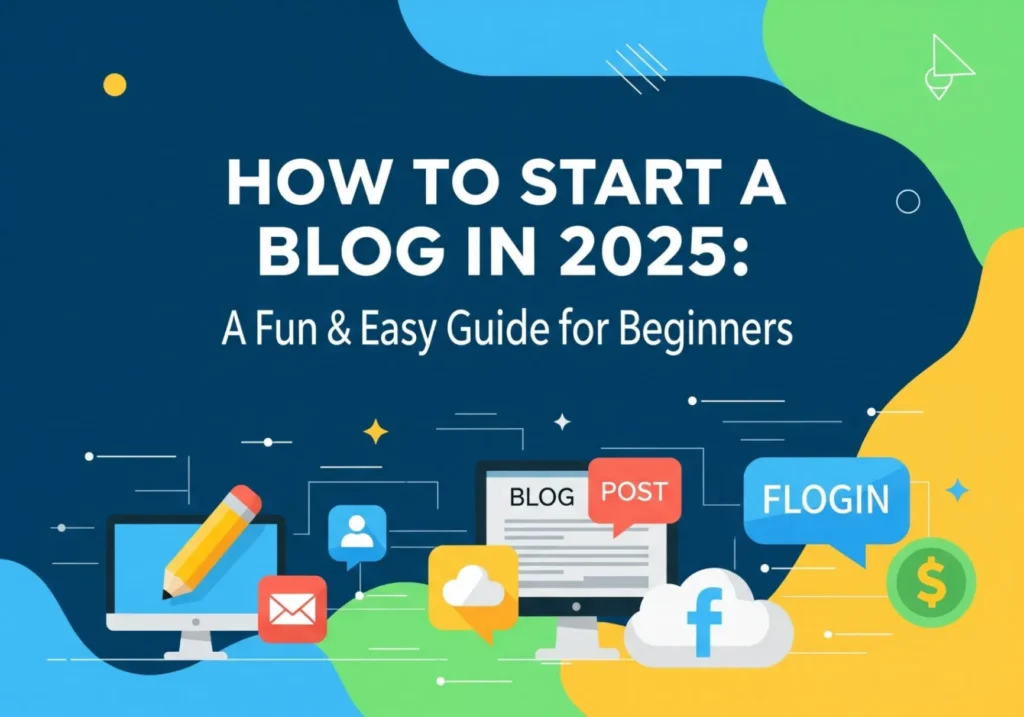How to Study Effectively: 12 Proven Techniques for Students & Adults
You’re sitting at your desk, textbook open, highlighter in hand. You read a page, then another. An hour later, you close the book, but if someone asked you what you just learned, you’d struggle to explain it. The information feels like it went in one ear and out the other.
This is a frustratingly common experience. But here’s the secret: effective studying isn’t about how *long* you study; it’s about *how* you study. It’s not a measure of intelligence, but a skill that can be learned and perfected.
Whether you’re an 8th grader staring down your first set of final exams, or an adult learning a new programming language for work, mastering effective study habits is a superpower. It allows you to:
- Save Time: No more panicked, all-night cramming sessions.
- Reduce Stress: The calm and confidence that come from being truly prepared are priceless.
- Boost Confidence: Deeply understanding a topic is a foundation for growth in school, work, and life.
This ultimate guide will break down the science of how your brain learns and provide a toolkit of proven, actionable techniques to help you study smarter, not harder.

Table of Contents
- Why Effective Study Habits Matter
- Understanding Your Brain: The Science of How We Learn
- Top Study Techniques for Maximum Retention
- Time Management Secrets for Busy Learners
- Tools & Apps to Make Studying Fun and Efficient
- How to Stay Motivated (Even When It’s Boring)
- Common Study Challenges & Quick Solutions
- The Wellness Foundation: Sleep, Diet, and Exercise
- A Note for Adults: Balancing Work, Life, and Learning
- Frequently Asked Questions (FAQ)
- Conclusion: Your Journey to Becoming a Strategic Learner
Why Effective Study Habits Matter
Strong study habits are about more than just getting good grades. They are about building a mental framework for lifelong learning. When you learn how to learn, you equip yourself to tackle any challenge, from mastering algebra today to learning a new software for your job tomorrow. It’s an investment in your future self.
Understanding Your Brain: The Science of How We Learn
Your brain isn’t a filing cabinet where you just store information. It’s a dynamic, living network. Understanding a few key principles can transform your approach to studying.
- Neuroplasticity: This is the magic word. It means your brain has the incredible ability to reorganize itself by forming new neural connections. Every time you learn and practice something new, you are physically rewiring your brain to be smarter.
- The Forgetting Curve: In the 1880s, psychologist Hermann Ebbinghaus discovered that we forget information at an exponential rate. This is why cramming fails. To combat this, we need…
- Spaced Repetition: Reviewing information at increasing intervals (e.g., after one day, then three days, then a week) interrupts the forgetting curve and signals to your brain, “This is important! Store it in long-term memory.”
- Focus Cycles: The prefrontal cortex, your brain’s command center for focus, works best in short, intense bursts. Most people can only maintain deep concentration for 25-50 minutes before needing a break.
Key Takeaway: Learning is an active process of building and strengthening connections in your brain. Your study methods should work *with* these principles, not against them.
Top Study Techniques for Maximum Retention
Stop passively rereading your notes. Engage with the material using these scientifically-backed, active learning strategies.

1. Active Recall
What it is: Actively retrieving information from your memory instead of passively rereading it.
Why it works: It’s the mental equivalent of lifting a weight. The effort of pulling information out of your brain strengthens the neural pathway to that information, making it easier to recall in the future.
How to do it: After reading a chapter, close the book and write down everything you remember. Or, use flashcards (digital or physical) to quiz yourself. Don’t just flip the card if you’re unsure; genuinely try to remember the answer first.
2. The Feynman Technique
What it is: Explaining a concept in simple terms, as if you were teaching it to someone else.
Why it works: This technique, named after Nobel Prize-winning physicist Richard Feynman, mercilessly exposes gaps in your understanding. You can’t explain something simply if you don’t truly understand it.
How to do it:
- Take a piece of paper and write the name of the concept at the top (e.g., “Photosynthesis”).
- Write out an explanation of the concept using the simplest language possible. Avoid jargon.
- Review your explanation and identify the areas where you struggled or had to use complex terms.
- Go back to your source material to fill in those gaps, then refine your simple explanation.
3. The Pomodoro Technique
What it is: A time management method that uses focused work intervals.
Why it works: It respects your brain’s natural focus cycles, prevents burnout, and makes large tasks feel less intimidating.
How to do it: Work with intense focus on a single task for 25 minutes, then take a 5-minute break. After four “Pomodoros,” take a longer 15-30 minute break.
4. Mind Mapping
What it is: A visual diagram used to organize information.
Why it works: It engages the visual part of your brain and helps you see the connections between different ideas, which is more effective than linear notes for many people.
How to do it: Start with the main topic in the center of a page. Draw branches out for main sub-topics, then smaller branches for details. Use colors, keywords, and images.
5. The Cornell Note-Taking System
What it is: A systematic format for organizing notes to make them easier to review.
Why it works: It forces you to process and summarize your notes, which is a powerful form of active learning.
How to do it: Divide your page into three sections: a main notes column, a smaller “cues” column on the left, and a summary section at the bottom. During class, take notes in the main column. Afterward, pull out keywords or questions in the cues column. Finally, write a one-sentence summary of the page at the bottom.
Time Management Secrets for Busy Learners
Managing your time effectively is half the battle. Use these strategies to prioritize and protect your study sessions.

A. Prioritize with the Eisenhower Matrix
Divide your tasks into four quadrants to decide what to do first:
| Urgent | Not Urgent | |
|---|---|---|
| Important | Do First (e.g., Study for tomorrow’s test) |
Schedule (e.g., Work on a long-term project) |
| Not Important | Delegate (If possible) |
Eliminate (e.g., Mindless scrolling) |
B. Create a Realistic Study Schedule
Consistency beats cramming. Plan your study sessions in advance and treat them like important appointments. Even 30-60 minutes of focused study each day is more effective than a single 5-hour session on the weekend.
C. Avoid Multitasking at All Costs
The brain doesn’t truly multitask. It switch-tasks, rapidly toggling focus between different activities. This “cognitive switching penalty” reduces efficiency by up to 40% and increases errors. When you study, just study.
Tools & Apps to Make Studying Fun and Efficient
Leverage technology to support your study habits, not distract from them.
- For Flashcards & Quizzes: Quizlet, Anki (excellent for spaced repetition).
- For Video Lessons: Khan Academy, CrashCourse on YouTube.
- For Focus & Blocking Distractions: Forest, Cold Turkey, Freedom.
- For Note-Taking & Organization: Notion, Evernote, GoodNotes (for tablets).
How to Stay Motivated (Even When It’s Boring)
- Set SMART Goals: Make your goals Specific, Measurable, Achievable, Relevant, and Time-bound. Instead of “study math,” try “complete 10 algebra problems from Chapter 3 in the next 25 minutes.”
- Connect it to Your “Why”: Find a way to link the subject to your interests or long-term goals. Math helps you manage your money. History explains the world today. Biology helps you understand your own body.
- Reward Yourself: Create a system where you earn a reward (e.g., 30 minutes of video games, an episode of your favorite show) after completing a focused study session.
Common Study Challenges & Quick Solutions
Challenge: I can’t stop procrastinating.
Solution: Use the 2-Minute Rule. Commit to working on the task for just two minutes. Often, starting is the hardest part, and you’ll find the momentum to continue.
Challenge: I get distracted by my phone and notifications.
Solution: Create a designated “Study Zone.” Put your phone in another room or turn it on airplane mode. Close unnecessary tabs on your computer.
Challenge: I forget what I learned almost immediately.
Solution: You’re not using Spaced Repetition! Schedule a quick 10-minute review of your notes 24 hours after you learn something new. This is the single best way to combat the forgetting curve.
The Wellness Foundation: Sleep, Diet, and Exercise
You can’t have elite mental performance without a healthy physical foundation.
- Sleep: This is non-negotiable. During deep sleep, your brain consolidates memories and clears out metabolic waste. 8th graders need 9-11 hours; adults need 7-9 hours.
- Diet: Fuel your brain with “brain foods” like nuts, berries, leafy greens, and fatty fish (rich in Omega-3s). Avoid sugar crashes from processed foods. Stay hydrated!
- Exercise: A 20-minute walk or workout increases blood flow to the brain, reduces stress, and boosts mood and memory.
A Note for Adults: Balancing Work, Life, and Learning
Studying as an adult comes with unique challenges.
- Learn in the Gaps: Use a 15-minute commute to listen to a lecture or a 20-minute lunch break to review flashcards on an app. These small pockets of time add up.
- Habit Stacking: Link your new study habit to an existing one. For example, “After I finish my morning coffee, I will study for 15 minutes.”
- Involve Your Family: Set up a “power hour” where everyone in the house works on something productive—you study while your kids do their homework. This creates a supportive environment.
Frequently Asked Questions (FAQ)
Q1: How many hours should an 8th grader study each day?
A: Quality over quantity is key. A good goal is 1-2 hours on school nights, broken into focused 25 to 30-minute sessions with breaks in between. This is far more effective than a single, multi-hour cram session.
Q2: What’s the best way to study for a subject I find boring?
A: Try the “Feynman Technique.” Forcing yourself to teach it will make you engage with it on a deeper level. Also, try to find a real-world connection. Why does this subject matter? How is it used in jobs or daily life? Finding relevance is a powerful motivator.
Q3: Can adults really improve their memory and learn new things easily?
A: Absolutely! The principle of neuroplasticity applies at any age. While it might feel harder than when you were a teen, your adult brain has the advantage of experience and context. By using effective strategies like active recall and spaced repetition, adults can learn new skills and information very effectively.
Conclusion: Your Journey to Becoming a Strategic Learner
Effective studying isn’t an innate talent reserved for a lucky few. It is a set of strategic skills that anyone can learn and master. It’s about moving from a passive, frustrating process to an active, empowering one.
By understanding how your brain works and applying techniques like active recall, spaced repetition, and the Pomodoro method, you can learn faster, remember more, and achieve your goals with less stress and more confidence. Start with one new technique this week. Stay consistent. The journey to becoming a better learner starts now.
Ready to transform your study routine? Pick one tip from this guide and share which one you’ll try first in the comments below! 🚀





I don’t think the title of your article matches the content lol. Just kidding, mainly because I had some doubts after reading the article.